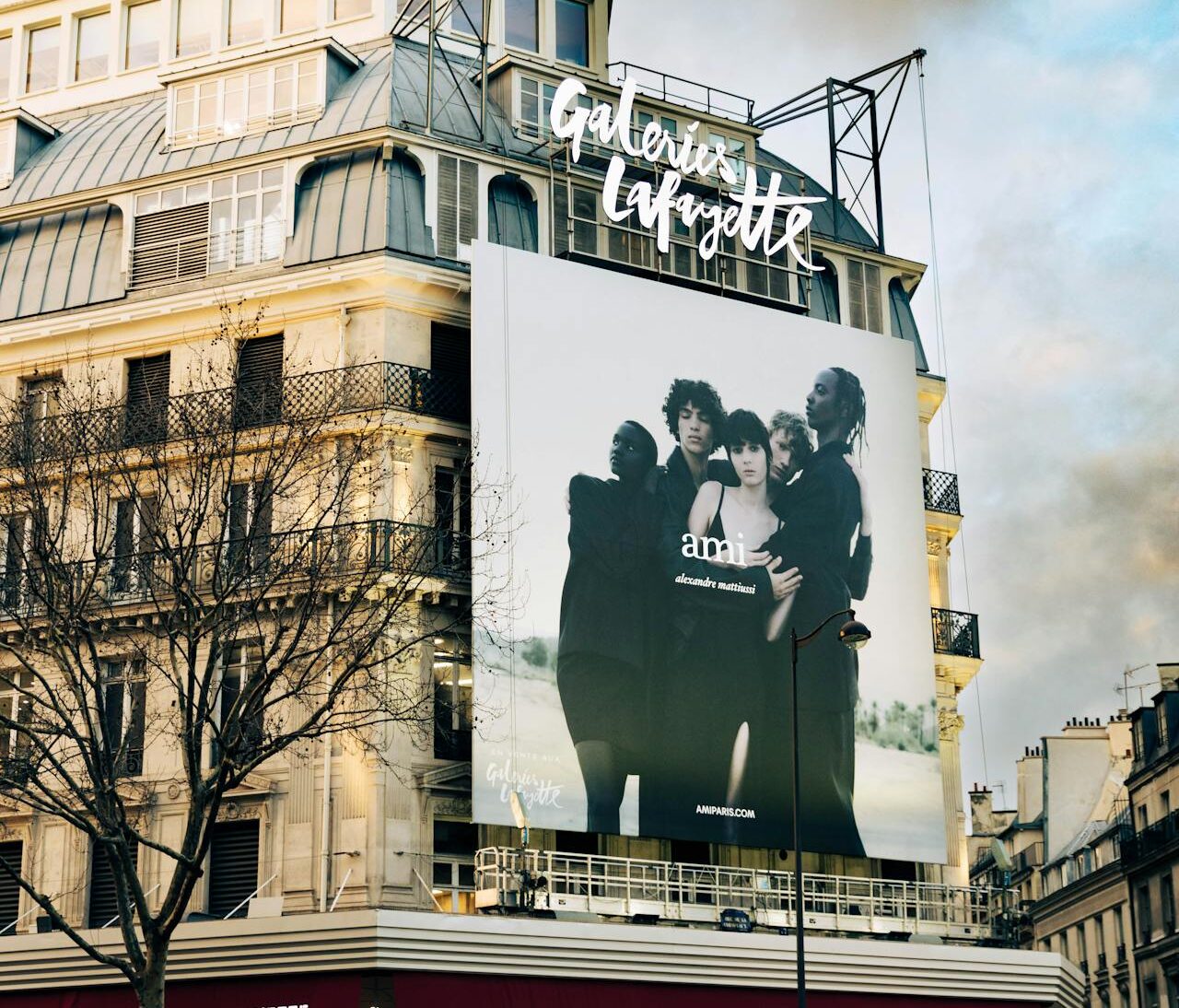In a world that’s waking up to the importance of sustainability, industries across the board are rethinking their methods — and outdoor advertising is no exception. Traditional billboards, once seen purely as bold icons of consumerism, are now being reimagined through an eco-conscious lens. “Green billboards” are no longer a futuristic idea; they’re becoming a very real part of the advertising landscape. But what exactly makes a billboard “green,” and how are companies shifting towards more sustainable practices?
The Environmental Impact of Traditional Billboards
Historically, billboards haven’t exactly been eco-friendly. Many are made from vinyl, a material derived from petroleum that isn’t biodegradable. After a billboard’s short lifespan (often just a few months), the materials often end up in landfills, contributing to waste and pollution. Then there’s the energy consumption — especially with digital billboards, which require constant electricity and, in many cases, generate light pollution that disrupts local ecosystems.
For years, these concerns were simply accepted as part of the cost of doing business. But as environmental awareness has grown, both advertisers and consumers have started asking tougher questions. And the industry has responded.
Greener Materials: From Vinyl to Eco-Friendly Alternatives
One of the biggest shifts in sustainable outdoor advertising has been the move toward more environmentally friendly materials. Instead of traditional PVC vinyl, some companies now use recyclable or biodegradable alternatives like EcoFlex and Envirotech substrates. These materials can decompose naturally or be repurposed after their advertising life is over, drastically reducing landfill contributions.
In addition, recycled materials are finding their way into billboard construction itself. Steel and aluminum frames are often made with recycled metals, and some companies are even experimenting with upcycled wood for smaller, localized billboard structures.
Solar-Powered and Energy-Efficient Billboards
Another exciting development has been the adoption of renewable energy. Solar-powered billboards are gaining popularity, particularly in sunny regions where they can operate almost entirely off the grid. Some newer billboards are even designed with integrated solar panels that provide all the energy needed to light up advertisements after dark.
For digital billboards, companies are focusing on energy efficiency. LED technology — while still consuming power — uses significantly less electricity than older lighting methods. Some brands are also introducing motion sensors or timed lighting schedules, so billboards only shine when they’re most likely to be seen, cutting down on unnecessary energy use.
Living Billboards: Merging Nature with Advertising
Perhaps the most visually striking trend in sustainable advertising is the rise of “living billboards.” These innovative structures incorporate actual plants — moss, grass, even small trees — into the design of the advertisement. Not only do these green installations create a striking visual effect, but they also contribute to urban air purification and help lower the ambient temperature in cities by providing patches of greenery.
One notable example is a 2021 campaign in London, where a “green” billboard featuring thousands of plants helped absorb air pollutants from the heavily trafficked area. Another example comes from Peru, where a university partnered with an ad agency to create a billboard that actually converted air humidity into clean drinking water for surrounding communities. These examples prove that advertising and environmental stewardship don’t have to be at odds — they can work together beautifully.
Eco-Conscious Brands Leading the Charge
The shift towards green billboards isn’t happening in a vacuum. Brands that prioritize sustainability in their own operations are increasingly demanding the same from their advertising partners. Companies like Patagonia, Tesla, and Allbirds — all known for their environmental advocacy — are pushing for greener media choices in their outdoor campaigns.
In turn, major advertising firms are adapting. Out-of-home (OOH) advertising giants like JCDecaux and Clear Channel Outdoor have launched sustainability initiatives aimed at reducing their carbon footprints and promoting greener options to clients.
Challenges and Limitations
Of course, the movement toward sustainable billboards isn’t without its challenges. Eco-friendly materials can be more expensive upfront, which may deter smaller businesses. Solar power isn’t always a reliable option in regions with limited sunlight, and maintaining living billboards requires specialized care and maintenance.
Moreover, critics argue that no matter how green the materials or energy sources, advertising fundamentally promotes consumerism — which can itself be at odds with a sustainable lifestyle. It’s a complex issue without easy answers, but the growing trend of more responsible advertising is undeniably a step in the right direction.
The Future of Green Advertising
Looking ahead, the future of green billboards seems bright — and not just because of the solar panels. As technology advances, we can expect even more creative solutions. Think biodegradable digital screens, 3D-printed billboard structures made from recycled ocean plastics, or even ads that actively clean the air.
Governments are also starting to get involved, encouraging or even mandating greener practices in public advertising spaces. Cities like Paris and Amsterdam have already taken steps to limit light pollution and encourage sustainable materials in urban advertising.
For advertisers, going green isn’t just about protecting the planet — it’s also a smart business move. Today’s consumers are more environmentally aware than ever, and they’re rewarding brands that share their values. A billboard that cleans the air or lights up through clean energy sends a powerful message, not just about the product being advertised, but about the kind of future the brand envisions.


